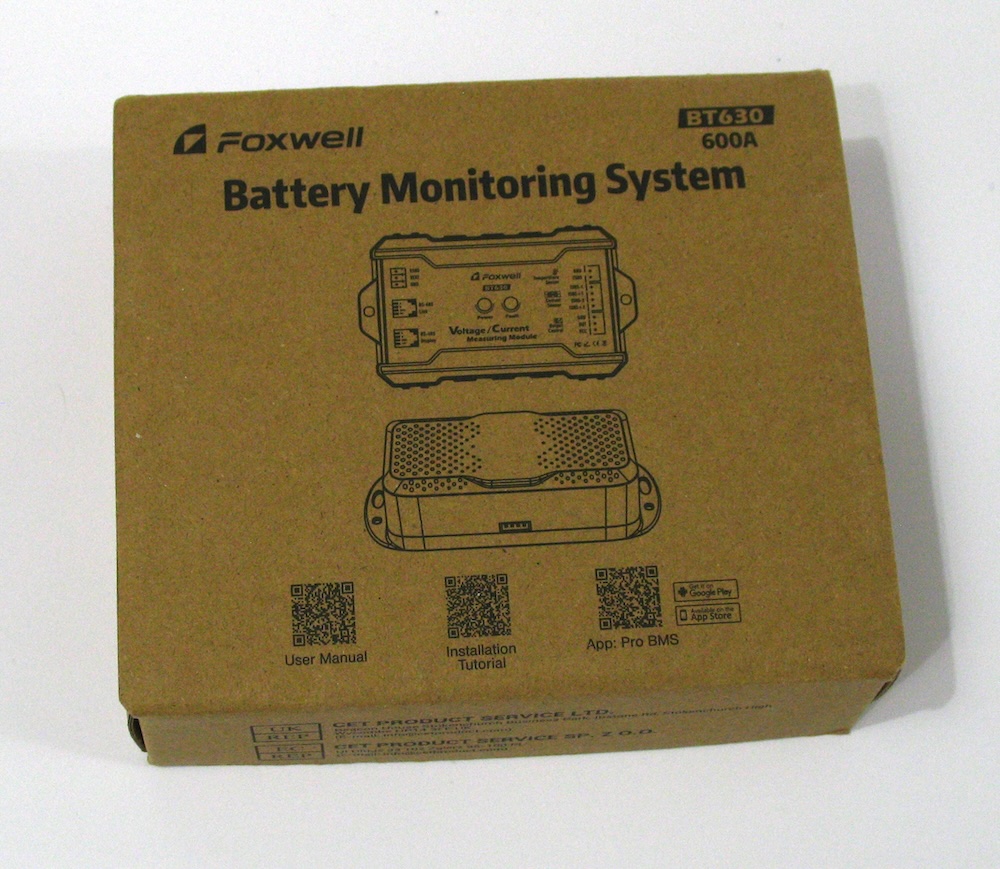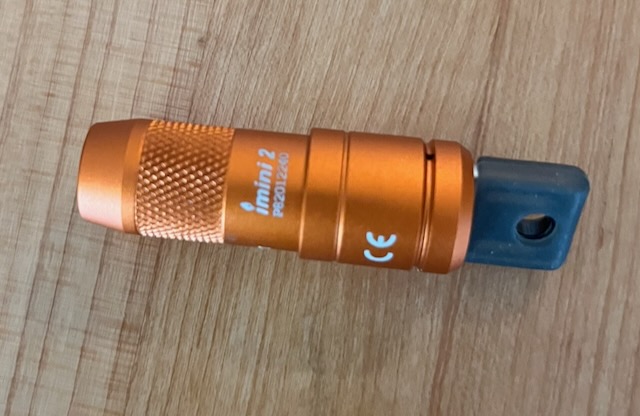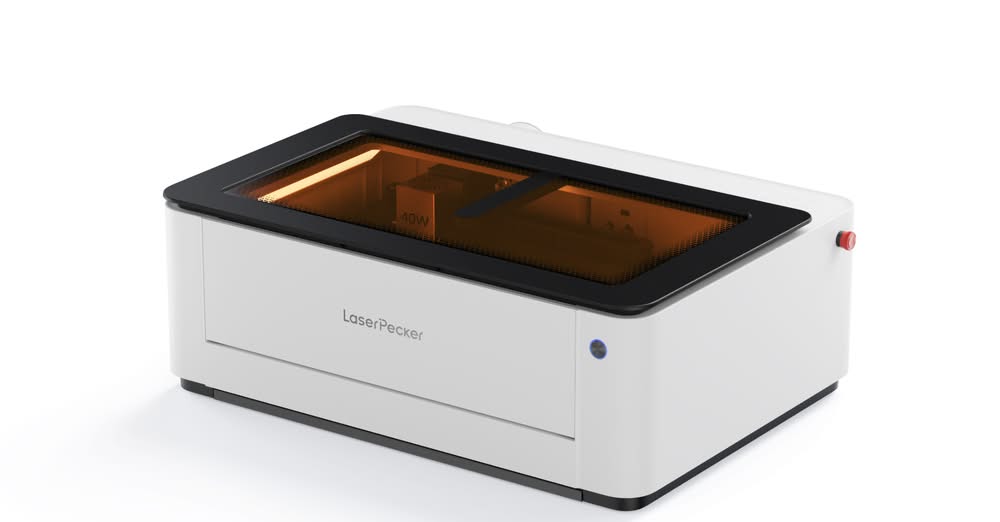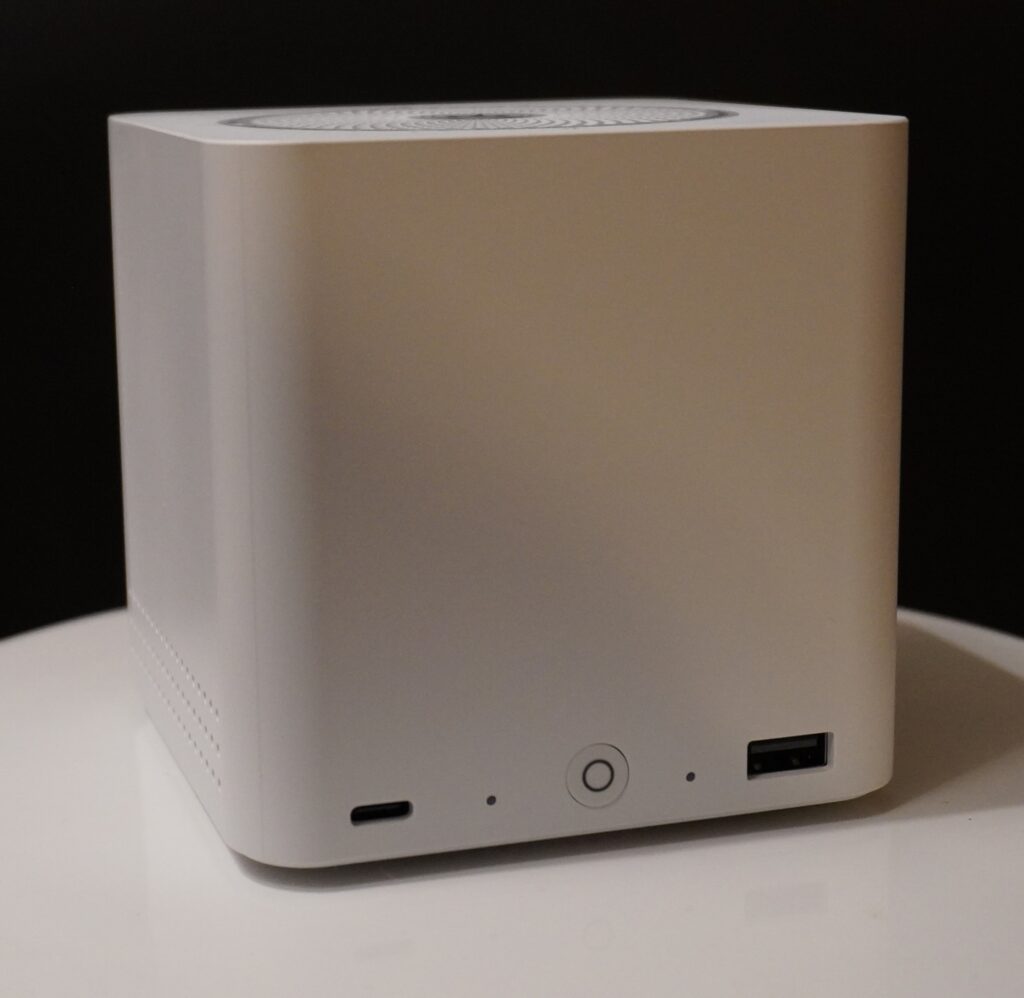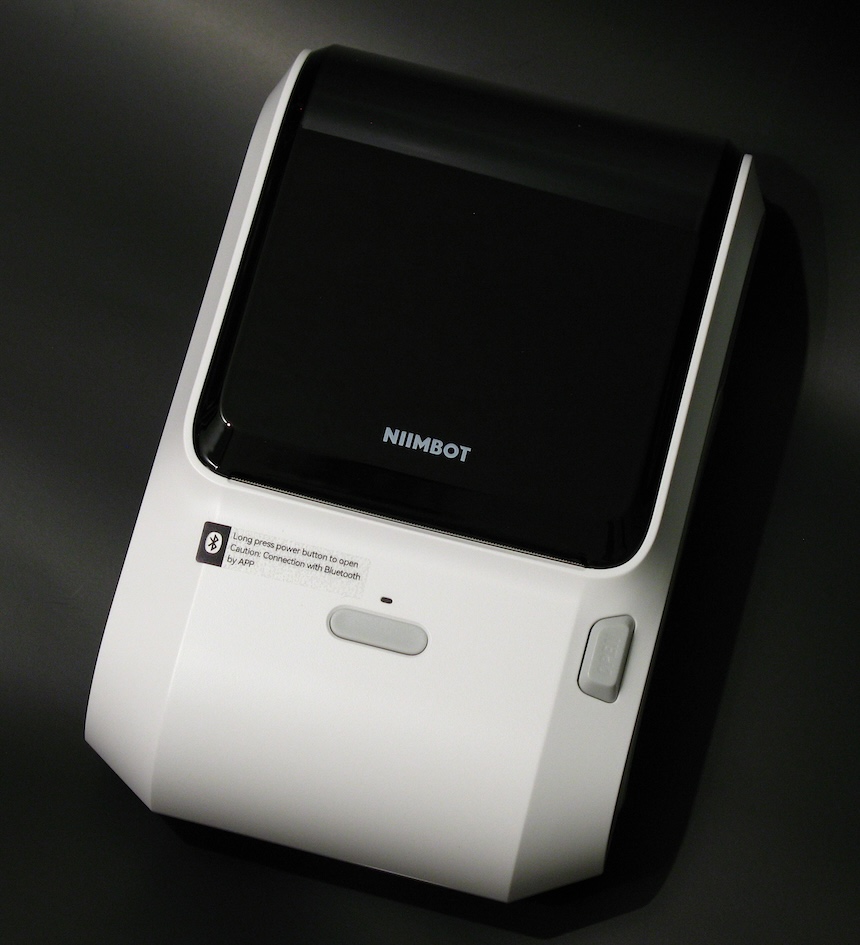Vlogging Camera Light Comparison

I’ve been really trying hard to up my photography and video game here on the blog. Lighting of course is one aspect of that journey. I have recently purchased a couple different brands of Vlogging Camera Lights, and I’ll shake them down here.
The fun part about this is that I spent my own money so I can call it like I see it. It’s not that I don’t do that already, but when someone sends me an item to review I try hard to WORK WITH THEM. If I find something wrong I contact them and most places are happy to hear the feedback and WORK WITH ME. But when I spend my own cash there isn’t any pre-established back and forth.
And I review so much gear provided by others I seldom get to write about the things that I spend my own money on.
So, I’ll use these lights and then I’ll tell you what I think about them. Let’s get started.
Continue reading
